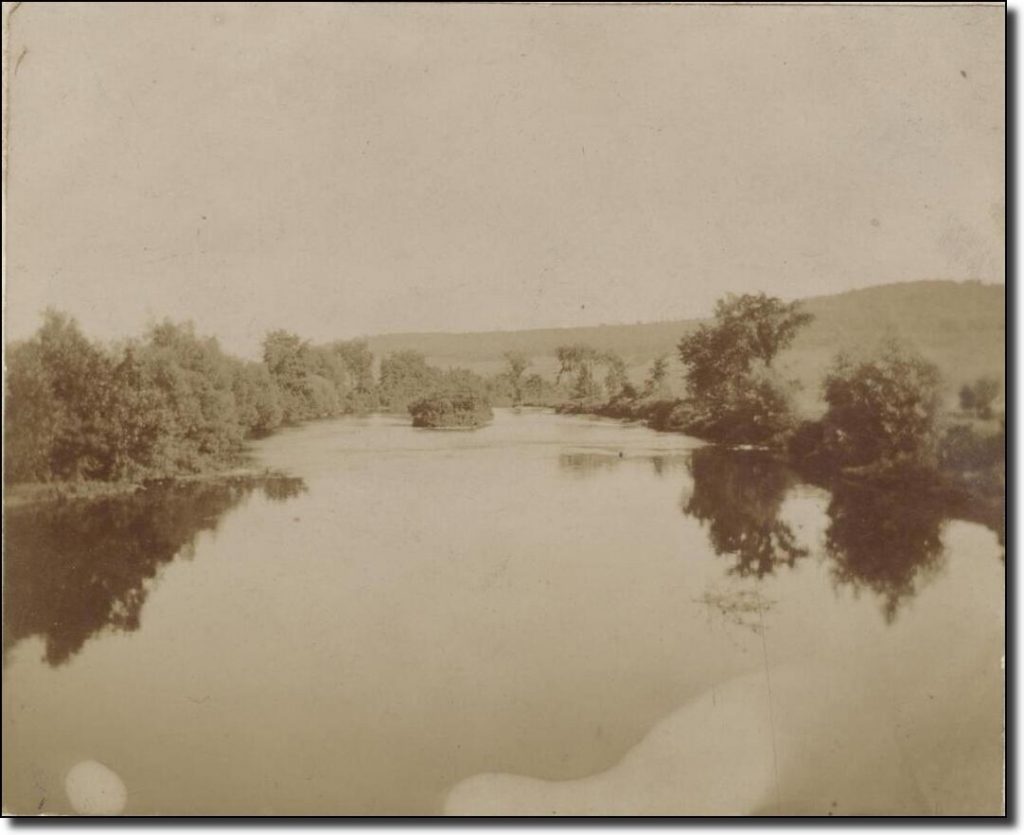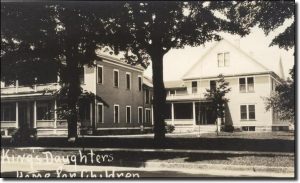

Elkanah Watson carefully planned the layout of Port Watson as well as its purpose. First and foremost, it would be a source of cheap and speedy shipping to points south. Docks and warehouses were important to the success of Port Watson. Goods were brought in the winter via sleds and stored in warehouses until spring and better navigation weather. Secondly, the river would provide a ready source of power for the all-important mills that Watson envisioned. The first mill established in the village was a sawmill built by Luther Rice in 1808, and a paper mill which was built by Nelson Spencer in 1820. A tannery was started in 1824 by William Elder. A store was a must and a grand hotel was erected which housed the post office.** This building eventually came to be used as the King’s Daughter’s Children’s Home and it sat where the present-day BOCES and Seven Valleys Tech school is located today.


Comments are closed, but trackbacks and pingbacks are open.